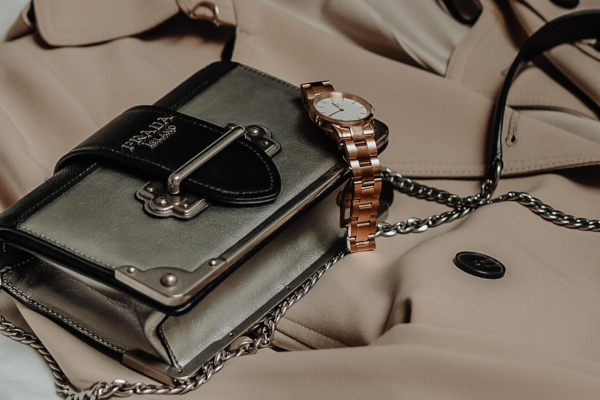
In the world of counterfeiting, there are two types of fakes that put shoppers and brands at risk. Firstly, there are the traditional fakes, which are obvious knockoffs and easy for the savvy consumer to detect, but then are the superfakes, which are in a completely different league and, to the untrained eye, almost impossible to spot.
Superfakes are a rising phenomenon that have traditionally impacted the luxury goods sector. They are produced with such intricate and accurate detail that they operate on an entirely different level to most other imitations. These goods are expertly made, and their manufacturers even may use high quality materials and technology, which means consumers are frequently prepared to pay big sums for these so-called ‘superior’ fakes.
If that weren’t enough, as detailed in a recent article from the New York Times, superfake handbags are being replicated by Chinese counterfeiters with such precision that most people didn’t recognise the difference between a $100 fake and $10,000 original.
It’s a shocking reality. And while many consumers may see no real harm in buying a cheaper copy of their favourite brand, there is much more to superfakes – and counterfeiting in general - than initially meets the eye.
While the technology to produce superfakes has advanced over the years, the conditions of where they are manufactured have not. Typically operating in sweatshop conditions, superfake manufacturers are not bound to the ethics and employment laws surrounding genuine brands, with workers toiling endlessly for minimal pay. Furthermore, superfakes are often manufactured in hazardous, illegal environments which exploit vulnerable people – with the worst offenders even resorting to child labour and victims of human trafficking.
So, given these horrifying human costs, the financial savings potentially realised when purchasing a superfake often come at a much higher price than one would ever imagine.
How can consumers help?
The most obvious piece of advice is to avoid buying superfakes. Although they may seem like a cost-effective alternative, these products will never compare to an authentic item.
Indeed, while the materials used in superfakes may be of higher quality than cheaper variants, like all counterfeits they lack the guaranteed quality, craftsmanship and consumer protections, meaning they have been known to regularly fall apart, shortly after purchase. Even if the item looks ‘super’ authentic, there is no guarantee as to the ingredients contained. Softening techniques used by fraudsters for leather, for example, frequently involve toxic and hazardous chemicals which you do not want on your arm.
When it comes to avoiding superfakes, besides on-demand orders, one of the biggest tricks up counterfeiters’ sleeves is to sell items on e-commerce sites where sellers are not strictly vetted. As a result, consumers should always take extra caution when purchasing on these sites. For higher priced goods, it is recommended to request the seller’s original receipt when making a transaction and also verify its authenticity with the original brand.
What brands can do?
While historically superfakes have focused on handbags and luxury fashion items, today the threat is seeping into all product categories. Counterfeiters have come to see the increased profits they can make through superfakes, so they are also upping the ante with other goods, such as electrics and technology items.
When it comes to identifying superfakes, brands can take advantage of innovative AI technologies which scan the web for fraudulent items being advertised online under their branding. When any of these infringing products are found brands, or their representatives, must then take steps to contact the site and request the instant removal of the infringing link/seller before customers suffer.
It is also essential to be honest with your customer base, giving warnings about superfakes being sold online and the damage they can do, both in terms of customer safety but also highlighting the nefarious practices manufacturers employ to produce goods.
Brands must also remember the importance of intellectual property (IP), and in the fight against counterfeits, trademarks and design rights in particular. For other industries, patents may be more appropriate. Make sure IP is registered in all key territories. It will be worth its weight in gold, in proving originality, if fakes or copies are found online.
Superfakes are a new dimension in the world of counterfeiting, creating confusion in the online shopping world for the unsuspecting consumer. Brands must be aware, and take action whenever fraudulent products, or sellers, are found, and customers must be savvy. A combined approach, along with raising awareness of the issues and the fact that monies generated by counterfeits often funds illicit activities, such as human trafficking, prostitution, drugs and terrorism, will help to ensure consumers and brands are kept safe.
Photo by Laura Chouette on Unsplash

Rachel Jones is chief executive and founder of SnapDragon Monitoring
©
SecuringIndustry.com
 | back to top
| back to top





